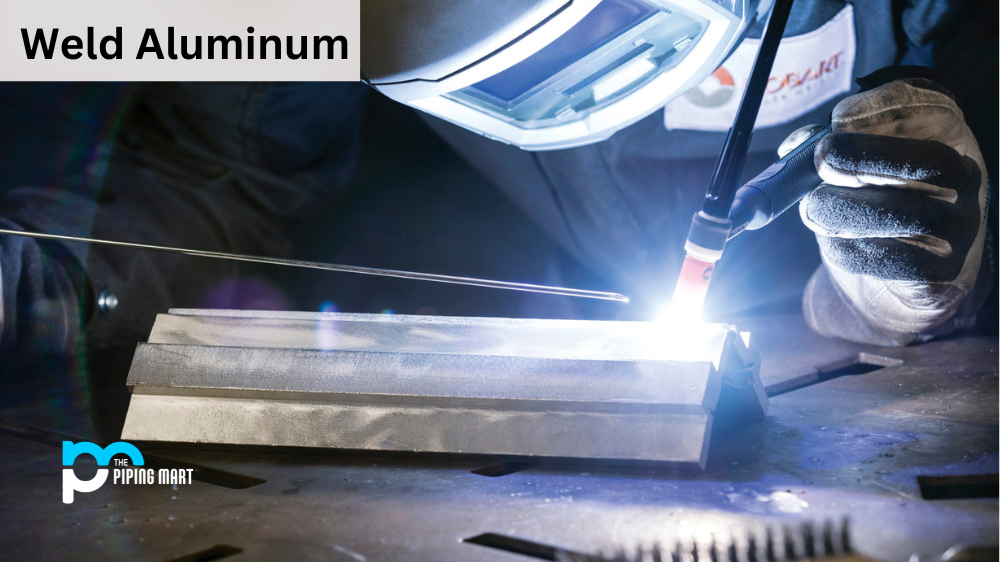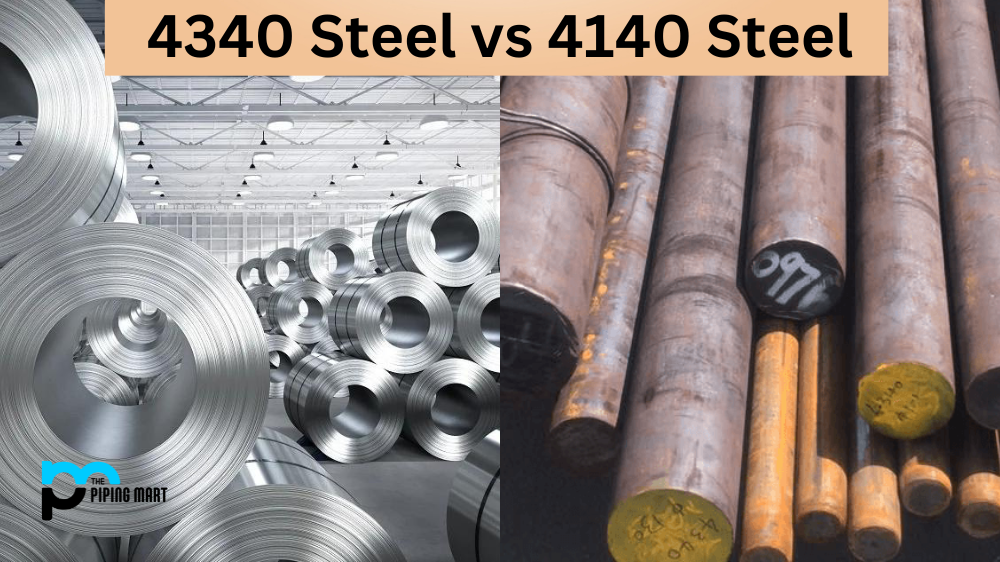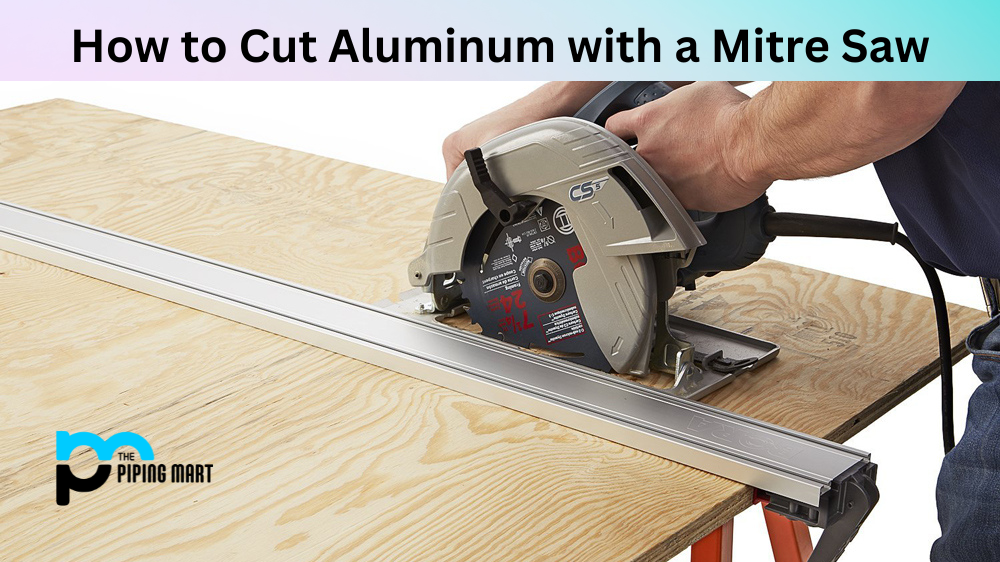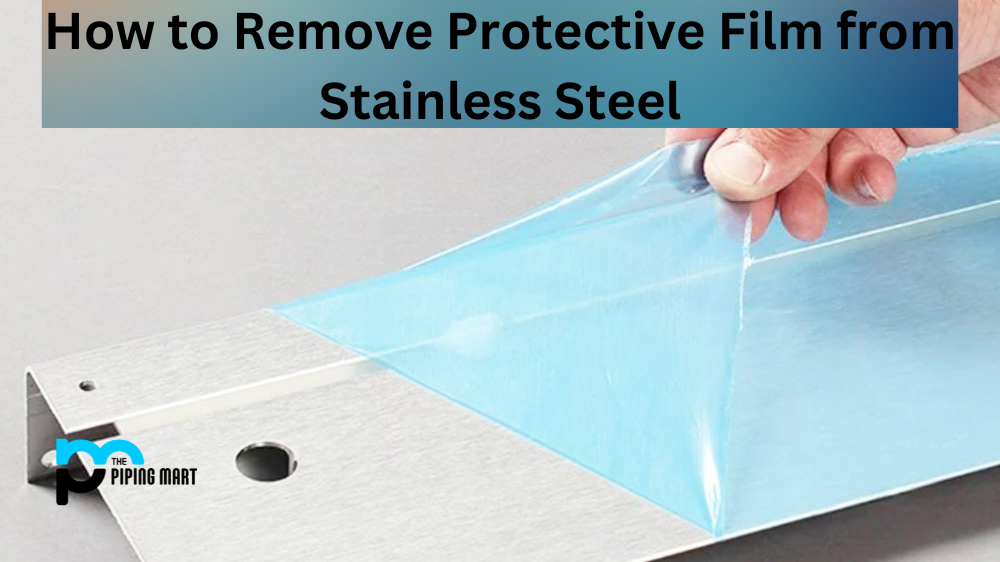Welding aluminum can be tricky if you need to know what you’re doing. It requires specialized tools, techniques, and materials to ensure a successful weld. But with the right guidance and resources, welding aluminum is an achievable skill anyone can learn. Keep reading to learn the basics of how to weld aluminum correctly.
Types of Aluminum Welding
There are several types of welding processes available for welding aluminum. Two of the most common are Gas Metal Arc Welding (GMAW) and Shielded Metal Arc Welding (SMAW). GMAW is more commonly known as MIG welding, and it uses a wire feeder machine to supply consumable electrode wires to the weld area. SMAW, also known as stick welding, uses consumable electrodes coated in flux on one end and held in an electrode holder at the other. Both processes require different skills and materials, so make sure you know which type of welding process you plan on using before starting your project.
Tools Needed for Aluminum Welding
In addition to the right type of welding equipment, some other tools are needed when working with aluminum. You will need a grinder or cutting tool to cut or shape your pieces before welding them together. You’ll also need clamps or jigs to hold your pieces in place while they’re being welded, as well as safety gear such as safety glasses, gloves, boots, and long-sleeved clothing. Finally, ensure appropriate ventilation because aluminum fumes can be dangerous when inhaled over extended periods.
Welding Technique for Aluminum
Once all the necessary tools are assembled, and your workpieces are prepped for welding, you’re ready to begin! Start by clamping your workpieces into position using jigs or clamps—this will help ensure that everything stays in place while you’re working on it. Then set up your equipment according to manufacturer guidelines and adjust amperage levels based on the type and thickness of the metal used. When starting each pass with an arc welder, always start at one end and move slowly along the joint until reaching the other side—this will help ensure an even distribution of heat across the entire length of material being welded together.
Conclusion:
Learning how to weld aluminum correctly takes practice, but with patience and dedication, anyone can become successful at it! Make sure you have all necessary tools before beginning any project; this includes safety gear such as gloves, boots, goggles, etc., plus cutting/grinding tools and clamps/jigs for holding workpieces together while they’re being worked on. Once these items have been acquired, use appropriate techniques depending on which type of welder is used—MIG (GMAW) or stick (SMAW)—and adjust current levels accordingly based on the metal thicknesses involved in each project. With enough practice, anyone can learn how to weld aluminum safely! Good luck!
Meet Heer, a dynamic and driven writer learning tricks of her trade in the metal industry. With a background in Digital Marketing, Heer brings a unique perspective to her writing, sharing valuable insights. Apart from blogging she like reading and hiking.




